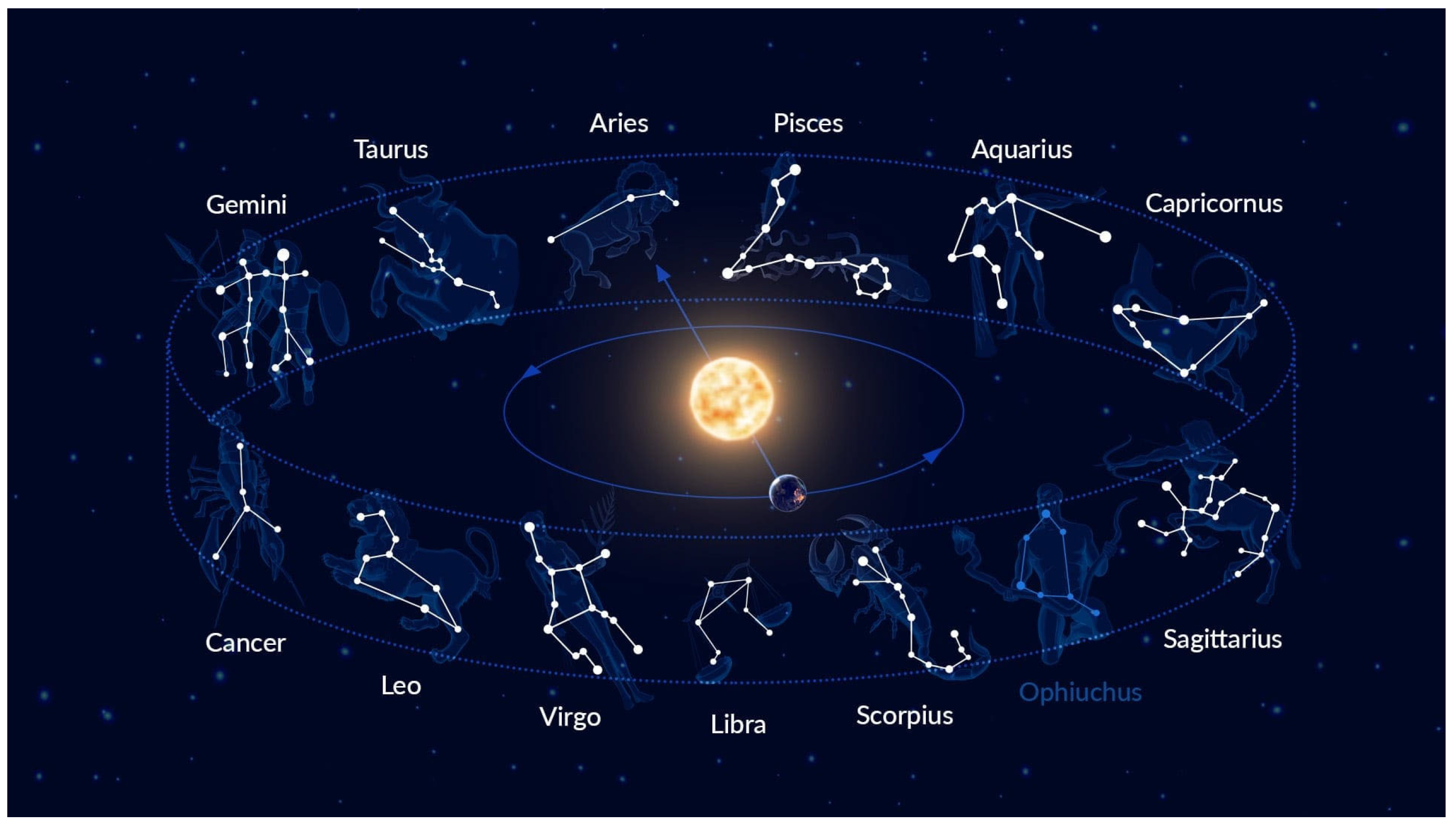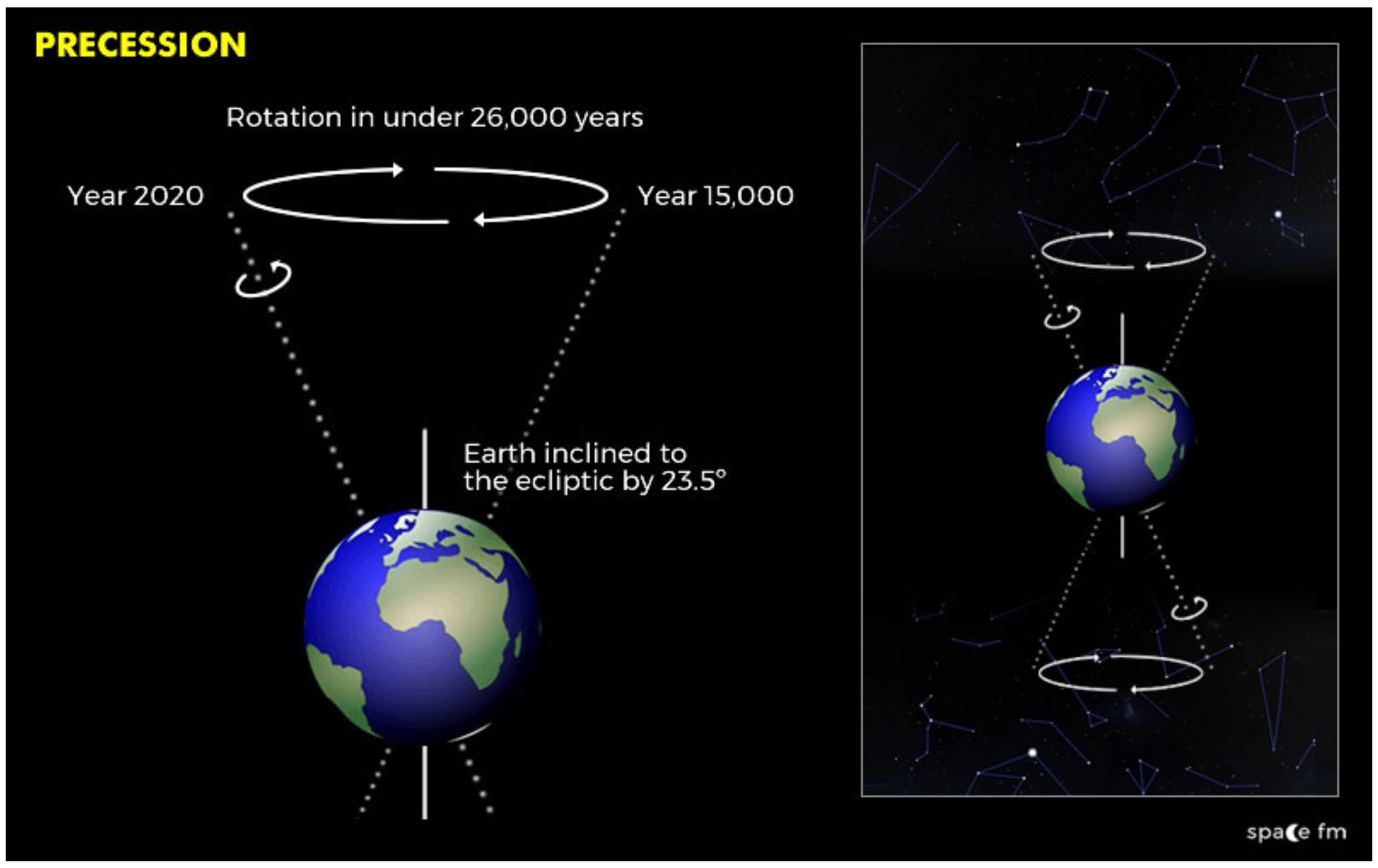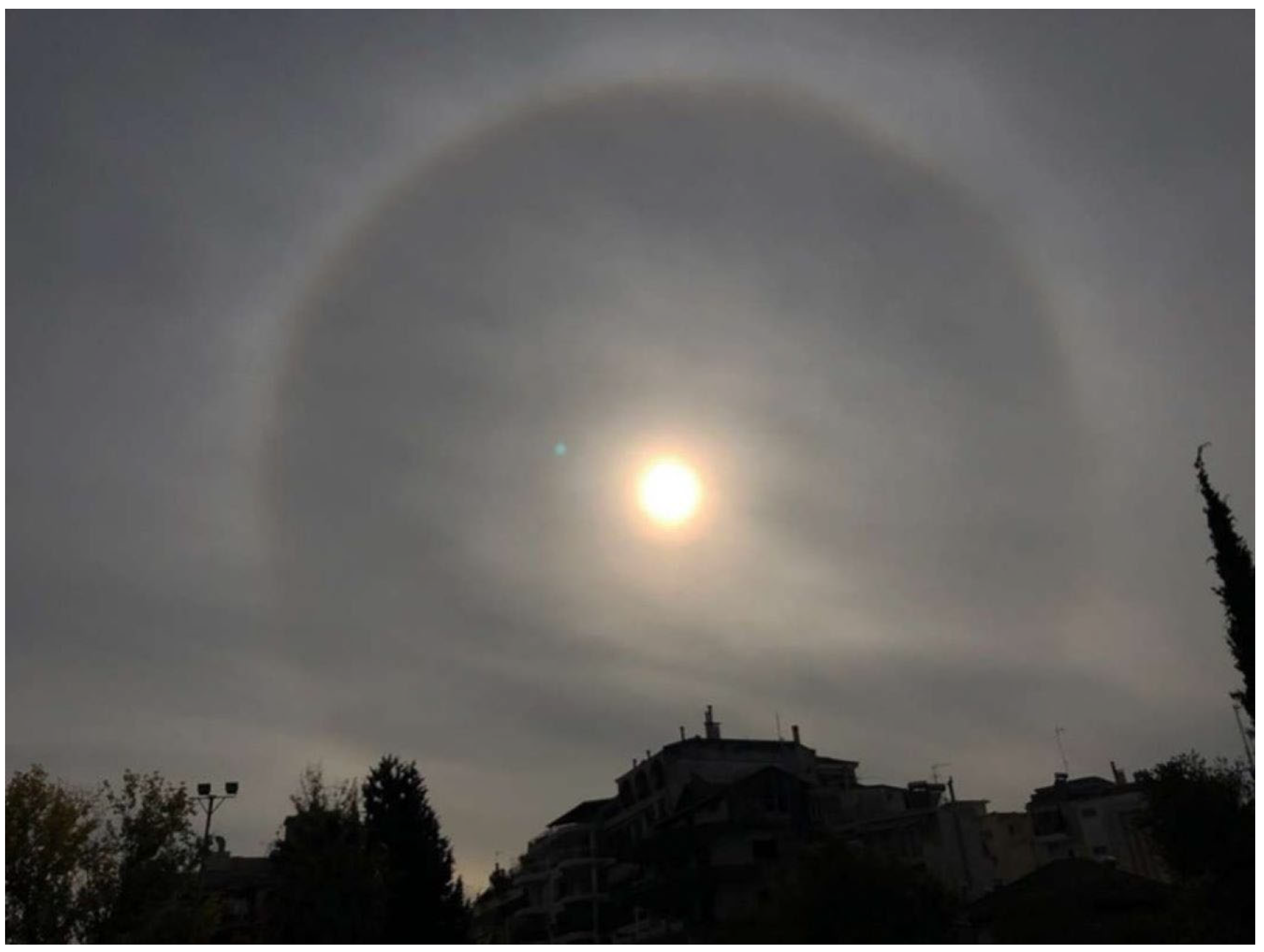Meteorology in Aratus’ Phaenomena †
Abstract
1. Introduction
2. Materials and Methods
3. Results
4. Discussion
5. Conclusions
Funding
Institutional Review Board Statement
Informed Consent Statement
Data Availability Statement
Conflicts of Interest
References
- Taub, L. Ancient Meteorology (Translated in Greek); Enalios Editions: Athens, Greece, 2003; pp. 23–27, 93–106. [Google Scholar]
- Martin, J. Aratos. Pheomenes. Taxtes Ethabli, Traduitet Commentes; Belles Lettres: Paris, France, 1998; 2 Volumes, ISBN 2251004696/9782251004693. [Google Scholar]
- Kidd, D.A. Phaenomena. Cambridge Classical Texts and Commentaries, 34; Cambridge University Press: Cambridge, UK, 1997; p. xxiii. 590p, ISBN 9780521582308. [Google Scholar]
- Kidd, D.A. Weather Lore in Aratus Phaenomena. Weather and Climate; Meteorological Society: Wellington, New Zealand, 1984; Volume 4, pp. 32–36. 5p. [Google Scholar]
- Kardelis, N. The Connections Between Astronomy and Meteorology in Aratus’ Phaenomena. Literatūra 2010, 52, 7–20. [Google Scholar] [CrossRef]
- Aristotle. Hapanta, Vol 13, Meteorologica A, B (in Greek) Ancient Greek Literature, the Greek; Cactus Editions: Athens, Greece, 1994; pp. 361a,22; 361b, 35. [Google Scholar]
- Possanza, D.M. Aratus: Phaenomena, Translated with an Introduction and Notes by Aaron Poochigian: A Review; The Johns Hopkins University Press: Baltimore, MD, USA, 2010; pp. xxxi + 72. ISBN 978-0-8018-9465-7. [Google Scholar]
- Avgoloupis, S.J.; Mavropoulos, T.G. Aratos Solensis. Pkaenomena and Diosemeia an Astronomical Poem; Zetros Publications: Thessaloniki, Greece, 2007; ISBN 978-960-649-010-1. [Google Scholar]



| Weather Sign and Aratus’ vv. Category | Aratus’ Description | Scientific Interpretation |
|---|---|---|
| Ring around the Moon (811–817) | Rain/Wind | Ice crystals in cirrostratus; warm front likely, rain possible |
| Red moon (796–798) | Storm/Wind | Horizon light diffusion from moisture/dust; high humidity |
| Clear bright moon (783–784) | Good weather | Stationary anticyclonic conditions |
| Low fast clouds (845–847) | Storm | Strong upper-level winds; frontal change likely |
| Clouds dissolve early in the morning (848–850) | Fair weather | Night humidity drop; stable inversion |
| Morning north wind (886–888) | Clear day | Cold, dry northern air |
| Sudden south wind (888–889) | Rain | Warm, moist air; pre-frontal instability |
| Low bird flight (918–919) | Rain | Pressure drop; humidity rise; insect/bird behavior |
| Squashed sheep (1068–1070) | Bad weather | Temp/pressure drop; humidity rise; animal behavior change |
| Blond bees stay in hive (1028–1030) | Wild storm | Unstable air; pressure shift; animal sensitivity |
| Swelling sea/moaning of the mountain crests (909–912) | Wind/Storm | High humidity; low sunlight; rain risk |
| Cloud lengthwise resting on the mountain peaks (920) | Humidity/Rain | High humidity; low sunlight |
| Withered petals floating (921–924) | Wind | Local pressure changes; breeze onset |
Disclaimer/Publisher’s Note: The statements, opinions and data contained in all publications are solely those of the individual author(s) and contributor(s) and not of MDPI and/or the editor(s). MDPI and/or the editor(s) disclaim responsibility for any injury to people or property resulting from any ideas, methods, instructions or products referred to in the content. |
© 2025 by the author. Licensee MDPI, Basel, Switzerland. This article is an open access article distributed under the terms and conditions of the Creative Commons Attribution (CC BY) license (https://creativecommons.org/licenses/by/4.0/).
Share and Cite
Aggelis, D.E. Meteorology in Aratus’ Phaenomena. Environ. Earth Sci. Proc. 2025, 35, 46. https://doi.org/10.3390/eesp2025035046
Aggelis DE. Meteorology in Aratus’ Phaenomena. Environmental and Earth Sciences Proceedings. 2025; 35(1):46. https://doi.org/10.3390/eesp2025035046
Chicago/Turabian StyleAggelis, Dorotheos Evaggelos. 2025. "Meteorology in Aratus’ Phaenomena" Environmental and Earth Sciences Proceedings 35, no. 1: 46. https://doi.org/10.3390/eesp2025035046
APA StyleAggelis, D. E. (2025). Meteorology in Aratus’ Phaenomena. Environmental and Earth Sciences Proceedings, 35(1), 46. https://doi.org/10.3390/eesp2025035046





